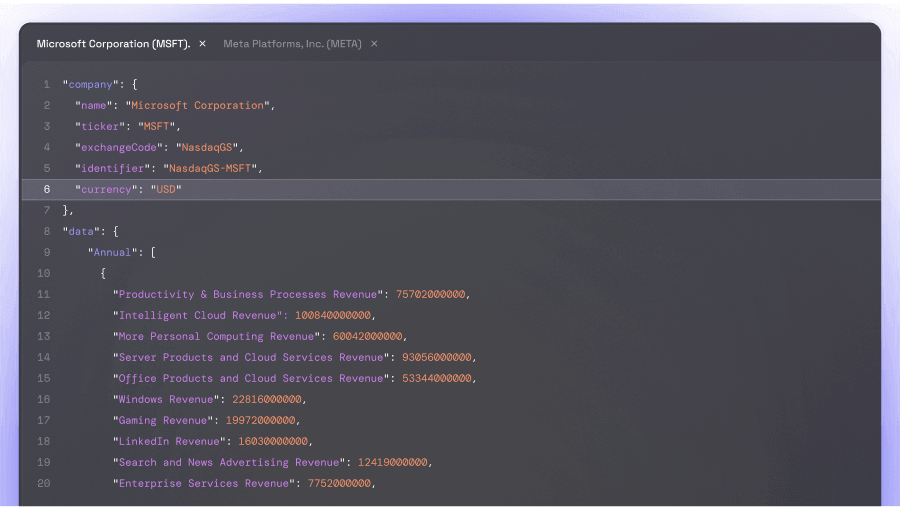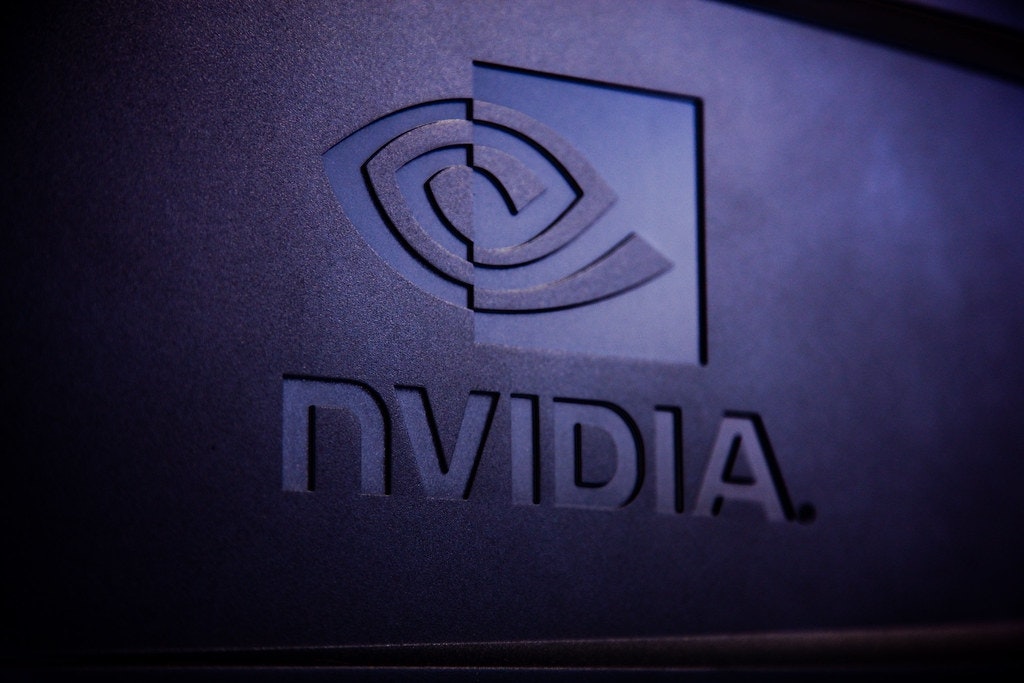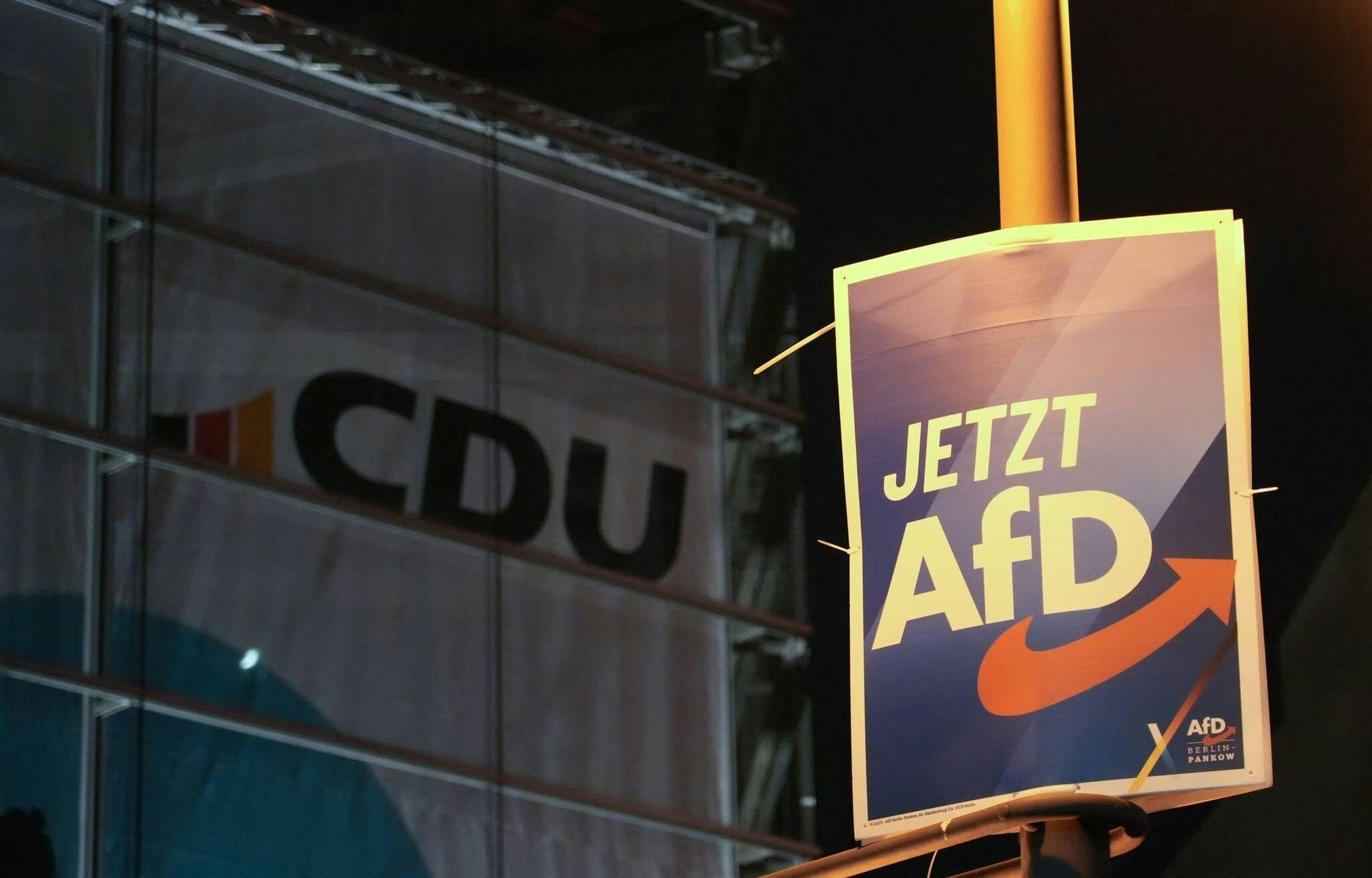Nvidia has sent a strong signal to investors with the introduction of its latest AI chip generation, Vera Rubin.
CEO Jensen Huang presented the new chips at the GTC conference in San Jose and affirmed that the global expansion of AI infrastructure will not wane. "Almost the whole world was wrong," said Huang. "The computational demands for AI scale more than expected.
The Vera Rubin chips, named after the US astronomer who discovered dark matter, are intended to enable clusters of millions of GPUs. This architecture could train larger AI models and provide more powerful responses for a growing number of users. Huang also announced an "Ultra" version for 2027.
The introduction of the new chips follows speculation that companies like DeepSeek could reduce the need for high-performance hardware with more efficient algorithms. However, Nvidia emphasizes that the demand for advanced graphics processors (GPUs) remains unbroken. The four largest US cloud providers have already significantly increased their GPU purchases.
In addition to the chips, Nvidia unveiled a new optical networking technology designed to eliminate the bottleneck in building massive AI data centers. Companies like OpenAI and xAI are currently planning facilities with hundreds of thousands of GPUs under one roof to develop more complex AI models.
We are moving at the physical limits," said Huang. Nvidia also unveiled new workstations designed to bring its high-end GPUs from cloud environments directly to the desks of AI researchers.
Despite the technological advances, Nvidia shares fell by about 3 percent after the presentation. Since the beginning of the year, the stock has fallen by 15 percent, not least due to concerns about the impact of US trade tariffs on the tech industry. In January, Nvidia lost nearly $600 billion in market value in a single day as investors reacted to reports about DeepSeek.
Nevertheless, the growth remains impressive: In the fourth quarter of 2024, revenue increased by nearly 80 percent compared to the previous year.






